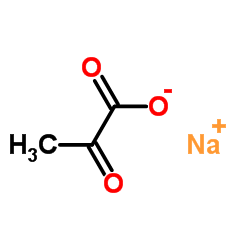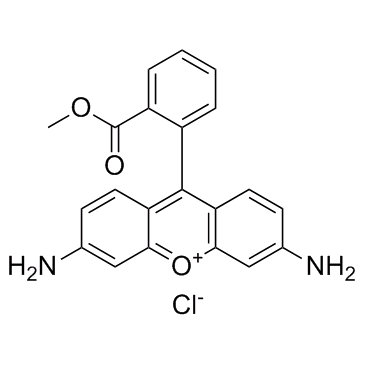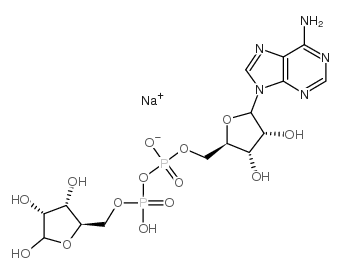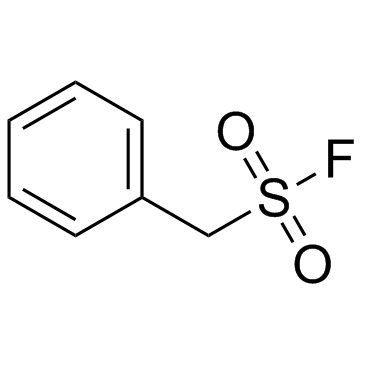| Structure | Name/CAS No. | Articles |
|---|---|---|
 |
α-Synuclein (61-95) (human) trifluoroacetate salt
CAS:154040-19-4 |
|
 |
Sodium 2-oxopropanoate
CAS:113-24-6 |
|
 |
sodium dodecyl sulfate
CAS:151-21-3 |
|
 |
Acetylcysteine(N-acetylcysteine)
CAS:616-91-1 |
|
 |
Dimethyl sulfoxide
CAS:67-68-5 |
|
 |
Rhodamine 123
CAS:62669-70-9 |
|
 |
Ac-DEVD-CHO
CAS:169332-60-9 |
|
 |
Adenosine 5′-diphosphoribose sodium
CAS:68414-18-6 |
|
 |
PMSF
CAS:329-98-6 |
|
 |
Furazolidone
CAS:67-45-8 |